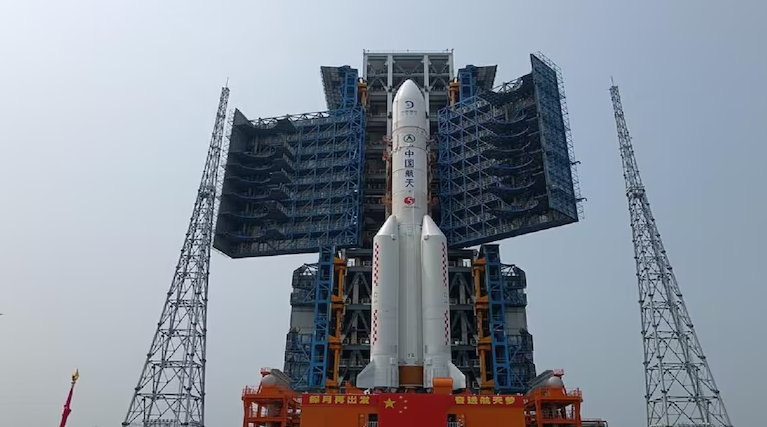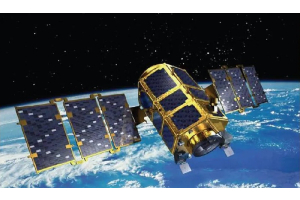China’s Lunar Probe Collects Samples from the Far Side of the Moon

China has achieved yet another milestone in its ambitious space exploration program by launching a lunar probe that aims to collect samples from the far side of the moon. This unprecedented mission, set to provide valuable insights into geological and other differences between the less-explored far side and the better-known near side, represents a significant leap forward in our understanding of Earth’s celestial neighbor.


The Chang’e Lunar Exploration Probe: Named after the Chinese mythical moon goddess, the Chang’e lunar exploration probe is at the heart of this mission. It builds upon China’s previous achievements, including landing a rover on the moon’s far side in 2019 – a historic feat that made China the first country to do so.
Ideal Conditions on the Far Side: The moon’s far side, also known as the dark side, remains shielded from Earth’s radio interference. As a result, it provides an excellent environment for radio astronomy and other scientific research. However, because it never faces Earth directly, a relay satellite is necessary to maintain communication with the probe.
Sample Collection Process: The probe will orbit the moon to reduce its speed before the lander separates from the spacecraft. Once on the moon’s surface, it will begin scooping up samples almost immediately. Afterward, it will reconnect with the returner module for the journey back to Earth. The entire mission is expected to last 53 days.
Previous Lunar Sample Return: In 2020, China successfully returned samples from the moon’s near side – a significant achievement that hadn’t been accomplished since the U.S. Apollo program in the 1970s. Analysis of those samples revealed the presence of water in tiny beads embedded in lunar soil.
Beyond lunar exploration, China has made substantial strides in space technology. The recent return of three Chinese astronauts from a six-month mission aboard the country’s orbiting space station underscores China’s commitment to advancing its space capabilities. Having built its own space station after being excluded from the International Space Station, China continues to compete with the U.S. in the realm of technology and exploration.
As the Long March-5 YB rocket propels the Chang’e probe toward the moon’s far side, scientists and space enthusiasts alike eagerly await the scientific treasures it will bring back. The journey from Earth to the moon – and now to its mysterious far side – exemplifies humanity’s relentless pursuit of knowledge and discovery in the cosmos.





